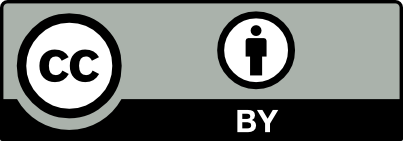Microplastic Concentration vs Depth
| Authors: | |
|---|---|
| Owners: | Giselle HernandezMelissa LenczewskiLuis Montalvo |
| Type: | Resource |
| Storage: | The size of this resource is 5.4 MB |
| Created: | Aug 09, 2024 at 3:41 a.m. |
| Last updated: | Dec 29, 2024 at 12:18 a.m. |
| Citation: | See how to cite this resource |
| Sharing Status: | Public |
|---|---|
| Views: | 423 |
| Downloads: | 20 |
| +1 Votes: | Be the first one to this. |
| Comments: | No comments (yet) |
Abstract
Microplastics (MP) have been a growing area of concern in marine environments, but there is still much to learn about their presence in freshwater systems, particularly in terms of their distribution throughout the water column (Cowger et al. 2021). Various types of microplastic polymers exhibit different characteristics and may behave differently at varying depths (Cowger et al. 2021). Sinkholes, locally known as cenotes, occur around the Yucatán Peninsula because of the area’s limestone matrix. These fragile rocks can fracture for several reasons, but a few are seawater intrusion and vegetation roots breaking up the rock (Schmitter-Soto et al. 2002). An important aspect of this research is the interaction between the water depths and the concentration of both plastic polymers and sizes. The recent construction of the Maya Train in proximity to the site is believed to have significantly contributed to rubber pollutants in the area. There remains an urgent need to investigate and address the distribution of MP across the Yucatán Peninsula.
Subject Keywords
Coverage
Temporal
| Start Date: | 07/01/2024 |
|---|---|
| End Date: | 07/28/2024 |
Content
How to Cite
This resource is shared under the Creative Commons Attribution CC BY.
http://creativecommons.org/licenses/by/4.0/

Comments
There are currently no comments
New Comment